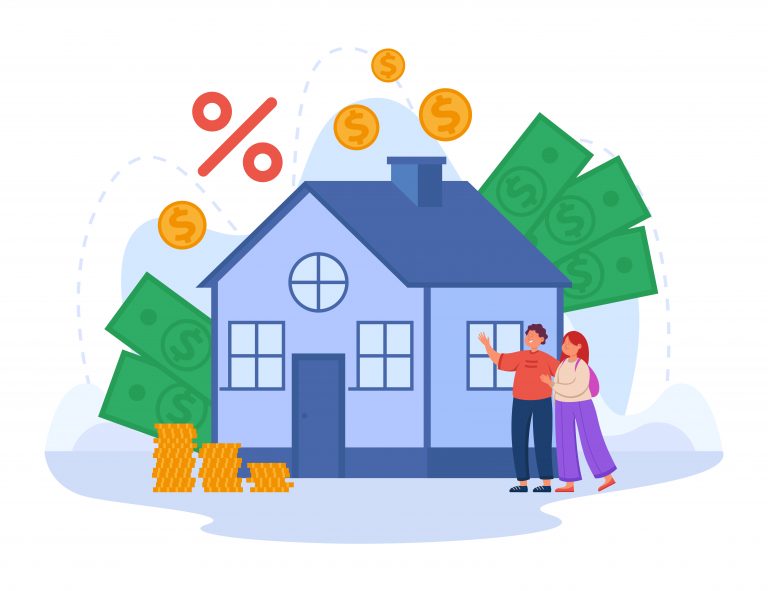Sometimes the most challenging aspect of saving money is simply getting started. It is essential to pay attention to the costs you incur, as houses can be very expensive.
As every home differs in terms of size and house complexity, some advice may apply to you more effectively than others.
To save for all of your short- and long-term goals, you may use this step-by-step guide to help you establish a straightforward and practical plan.

The first step to start saving money around the house is understanding your expenses.
Check to see if you can find cheaper service providers or better rates
Recent Parks Associates research shows that US consumers shell out an average of $116 per month for internet connectivity, a considerable sum of money.
Despite having access to more affordable providers and plans, many of these households continue to pay higher tariffs and fees for their cell plans, gas, and electricity costs.
To start saving money, you must understand what you are already paying. Read through the bills from a few prior months to better understand what your internet provider is really billing.
What download speed should you expect to get? What is your data cap? This goes the same for other services like electricity and gas.
Investigate any discount schemes that might offer to lower your expenditure on your home broadband, gas, electrical, and other expenses. Begin your research with government initiatives that can assist eligible customers in saving money.
Declutter your memberships
Americans spend, on average, $237 a month on subscription services, according to a survey of 2,500 respondents.
The proportion of people who weren’t conscious of their spending, even though the amount was substantial, was alarming.
You wind up spending money on memberships you already own but can’t find when you have so much stuff and subscriptions that you’ve lost count of what you own and how many. You also spend more money than necessary when you buy in bulk.
These memberships have the advantage of often being quite flexible. You can discontinue any streaming platforms for a month and then use them again if you desperately want them.
Consider sharing Netflix or Amazon Prime with a family member if you want it. You can create multiple profiles on the same device to differentiate your interests.
Save on bills by using energy more efficiently
To save money and make your house more energy efficient, finding ways to save energy that you can use in your everyday life is essential.
For instance, scheduling the heating time aids in keeping energy consumption reasonable; lowering the temperature of your room by only one degree will result in a 10% reduction in heating costs; and batch cooking can help you save time, particularly if you lead a hectic lifestyle. But it also makes you more energy efficient.
Saving energy helps the environment and the economy. Make it a habit to conserve energy; it’s a decision that helps the environment and your wallet.
A new energy-saving model is worth considering if you need to purchase a brand-new appliance. But be careful not to replace outdated appliances just because you believe doing so will save you money and energy.
Plan your meals
Have you ever observed how much of your total spending goes toward groceries? There are ways to cut down on the price of groceries, which is a significant expense for most families and homes.
Before shopping, make a weekly menu and buy only what is on it. If a week’s worth of planning seems excessive, start with 3 or 4 days. Before shopping, take a peek in the pantry to determine what you need and don’t.
Plan to prepare most of your food at home and when you want to reward yourself. If you genuinely want to stick to your list, leave your children at home and avoid shopping when you’re hungry.
Making your shopping list in advance will allow you to consider what you currently own, what you have yet to buy, and what is on offer.
Choose the budget options over big brands
So you’ve reduced your monthly grocery spending but still not saved enough money. This can be the case since you continue to buy name-brand products.
Among the ways to save money when shopping is to buy items that are on sale, shop at outlet malls, use online tools to find coupon codes and deals, buy non-perishable goods in bulk, go shopping only once a month, sign up for loyalty programs and rewards cards, and opt for generic goods over name-brand goods.
The same goods you often purchase from more expensive specialty boutiques can be found at big-box discounters.
Even if you’ve never considered the pharmacy a specialty retailer, you might start to think differently once you start contrasting their usual prices with those of discount retailers like Costco, Sam’s Club, and BJ’s Wholesale.

